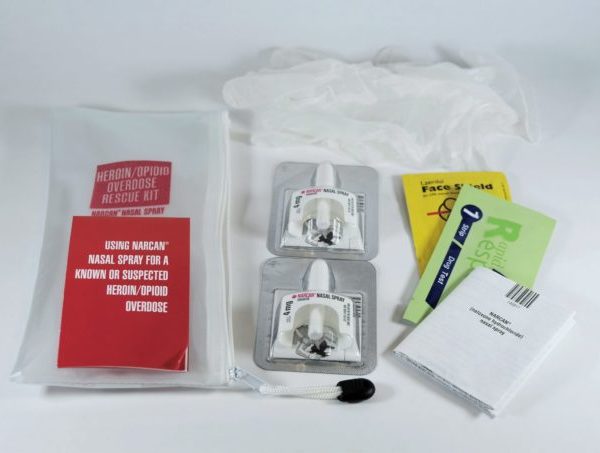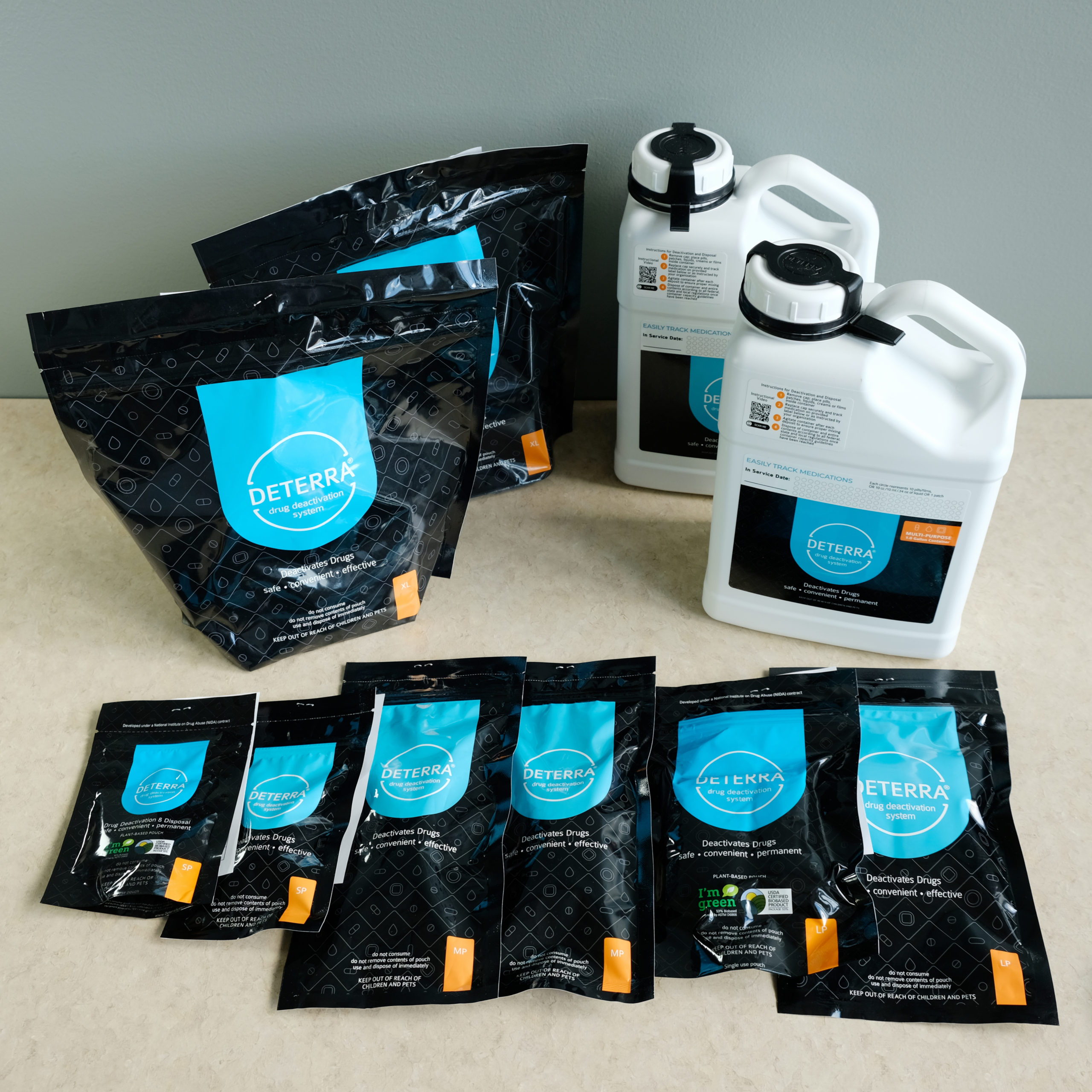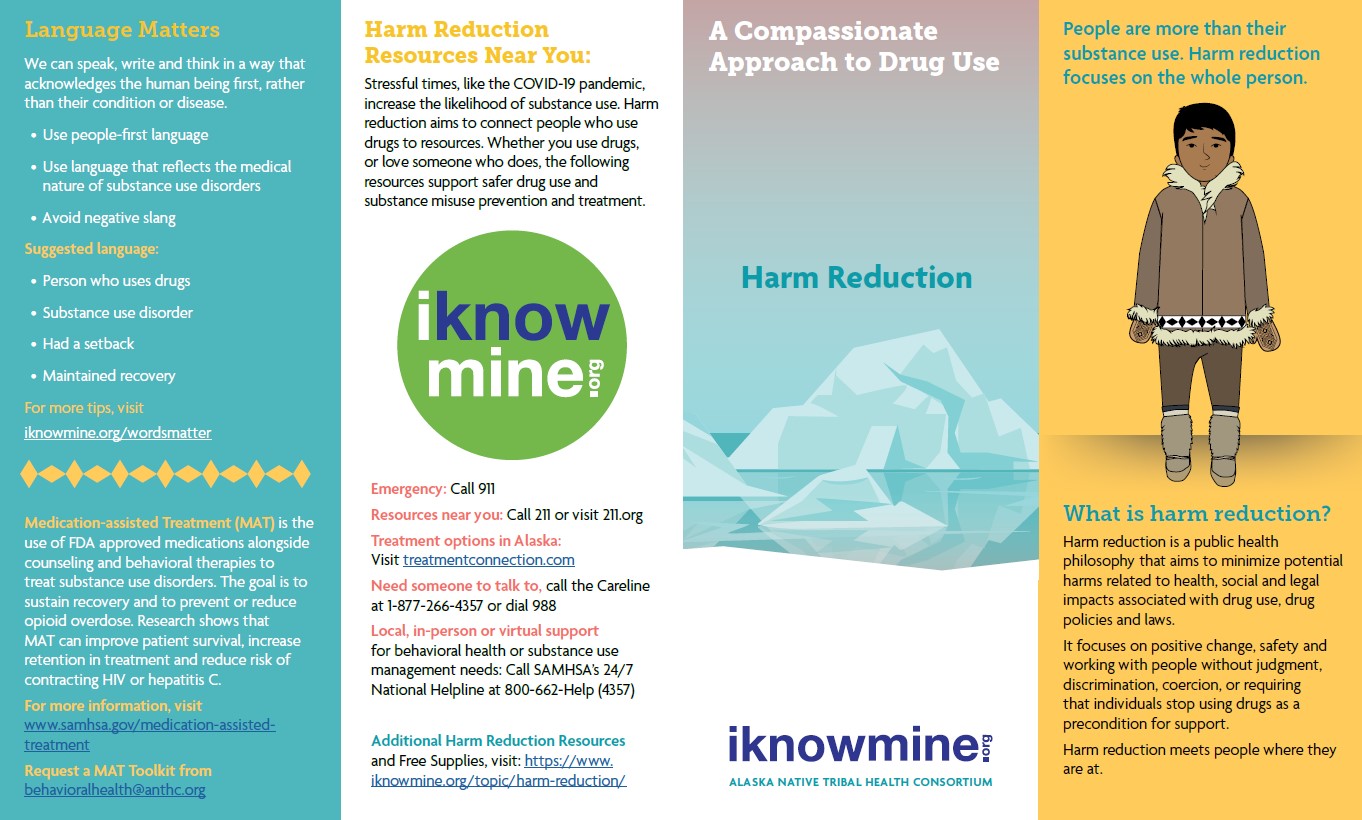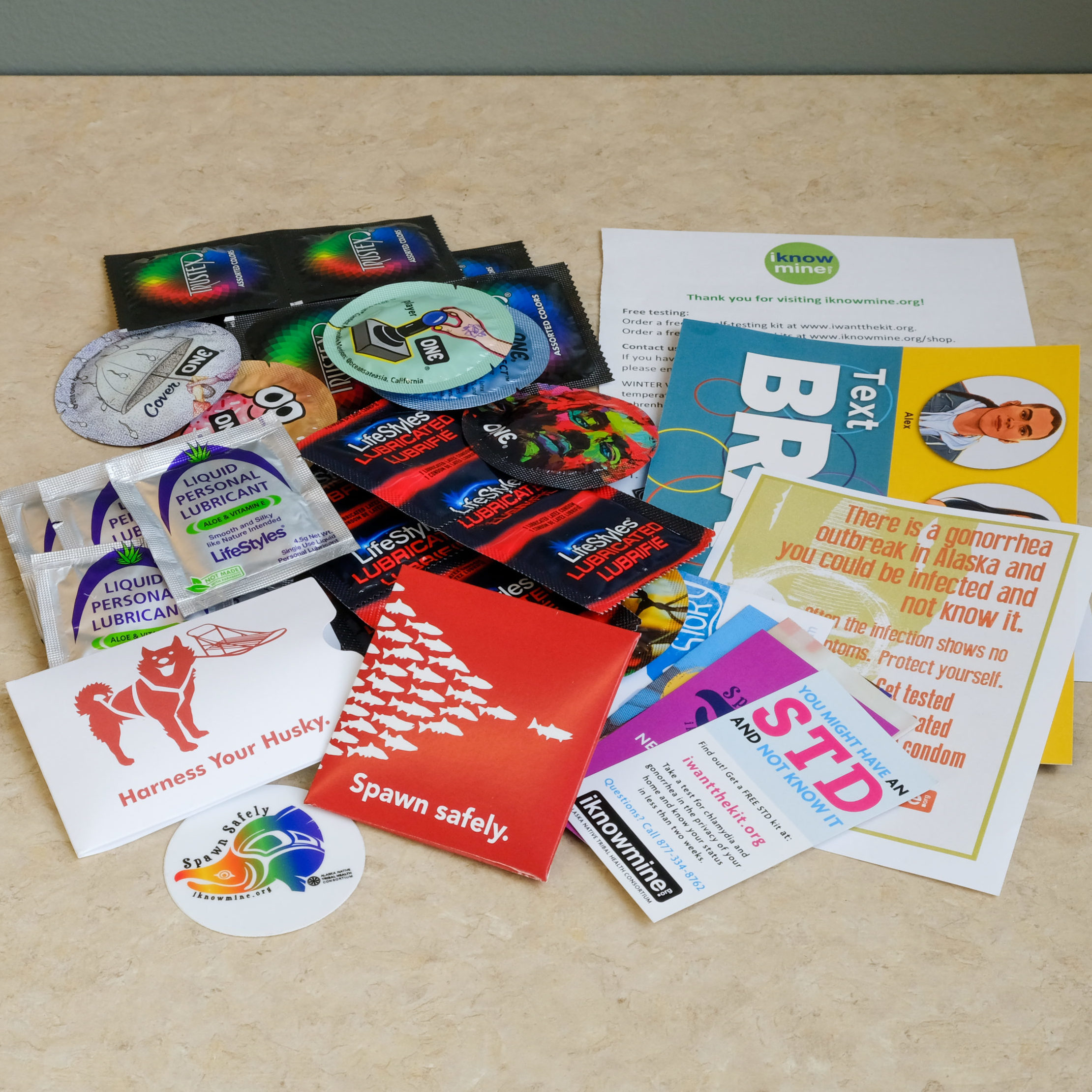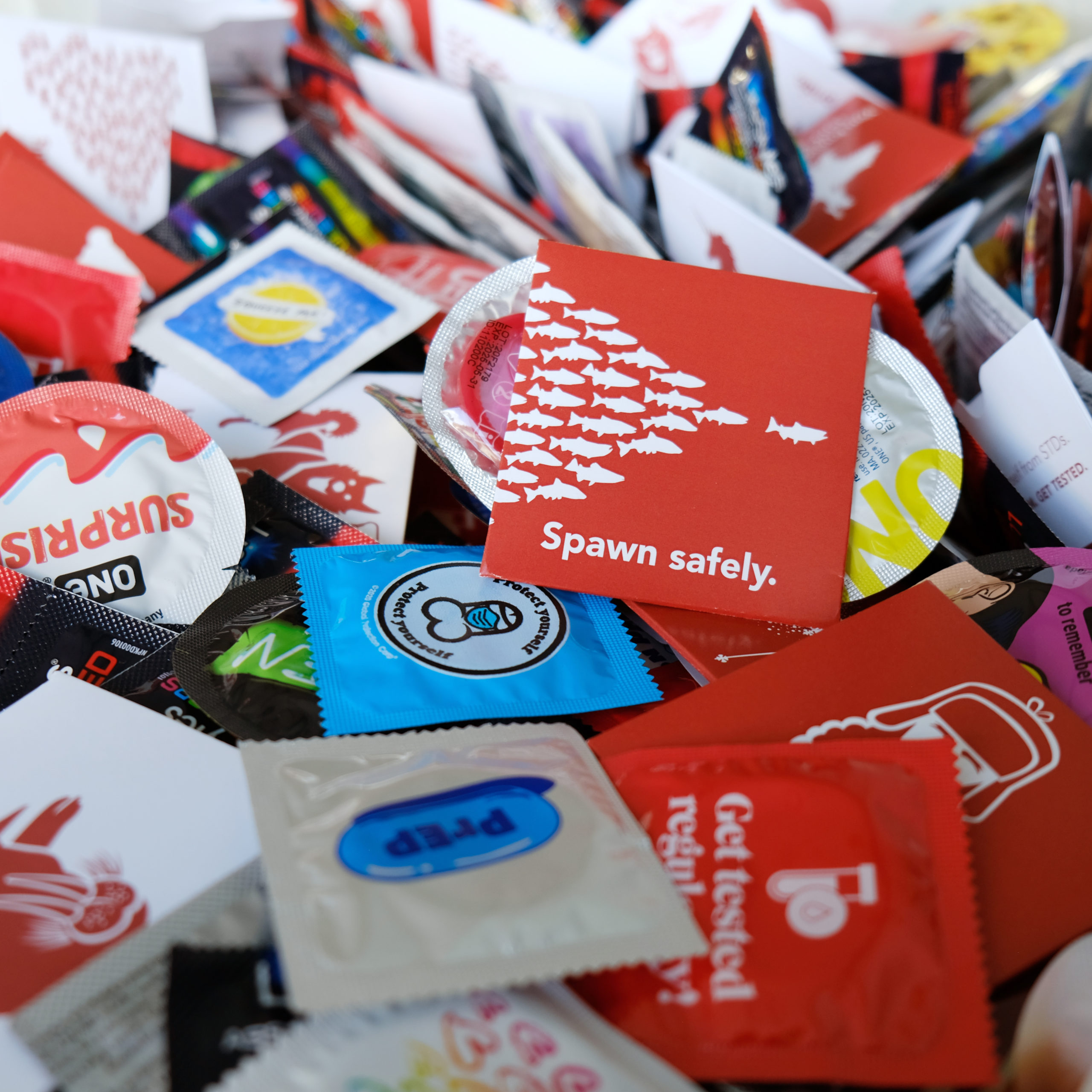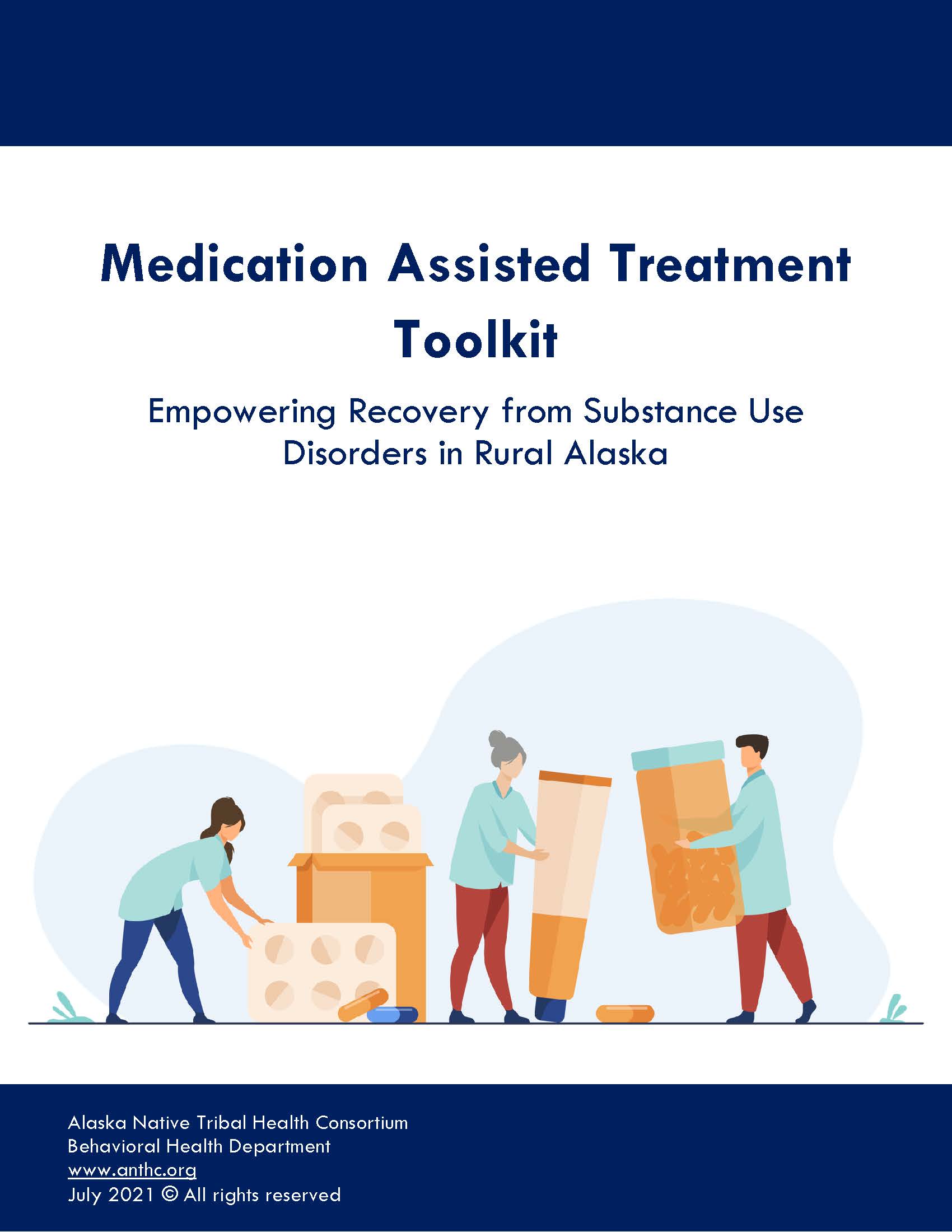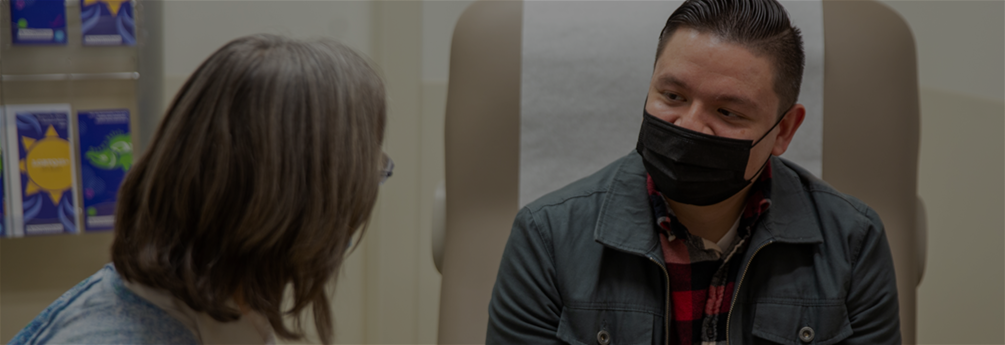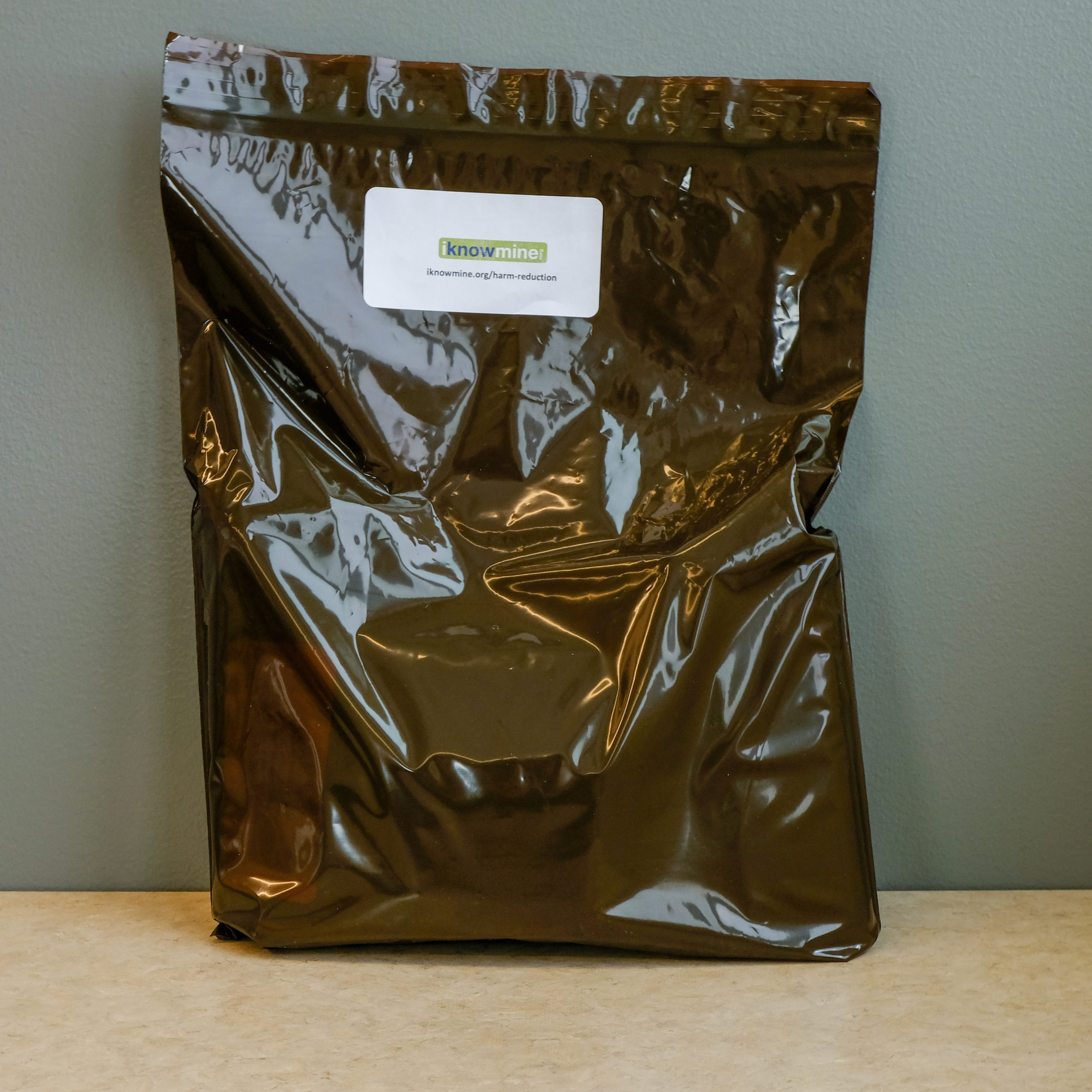“Take Care of Others – You Cannot Live Without Them”
– Universal Alaska Native Value [15]
COVID-19 & Substance Use
Since the start of the pandemic, substance use and misuse, overdoses and deaths due to substance misuse have increased[3]. People experiencing financial hardships, disruptions in routine and lack of physical connection may be more vulnerable to substance misuse[13].• For an emergency: Call 911
• For help finding resources in your area: Call 211 or visit their website.
• In a non-emergent crisis: Call Alaska’s crisis hotline, Careline, at 988.
• Find local in-person or virtual support for behavioral health or substance use management needs: Call SAMHSA’s 24/7 helpline at 800-662-HELP (4357), TTY: 800-487-4889.Click here to find additional resources and learn more about how COVID-19 has impacted substance use with providers, individuals and Alaska’s community as a whole.
What is Harm Reduction?
Harm reduction, in general, is a set of strategies designed to provide community members and individuals access to a life with reduced risk from harm. Meaning that, if people are engaging in activities that could have a risk, they should have access to tools to help them stay safe, rather than potentially being put in further danger. Some of these tools involve policy change, some involve prevention services, others include intervention services and others are based in community involvement.
Harm reduction is a complex topic, and related items to consider include:
- How harm reduction saves lives
- Substance misuse and harm reduction stigmas
- Harm reduction and Alaska law
- Alaska harm reduction services and resources
Most people don’t know it, but harm reduction has played an active role in each of our lives, in many different ways. Harm reduction strategies include:
- Policy change: requiring drivers to wear a seatbelt when driving a car
- Prevention services: offering condoms to the community
- Intervention services: offering pre-filtered cigarettes as an option for people who smoke
- Community involvement: wearing a mask during a pandemic
Access to a safer way of life is a long-standing practice in public health and community care. In recent years, the term ‘harm reduction’ has been adapted to include the advocacy for the rights of people who use substances (PWUS) to live a life free from additional risks related to substance use. Harm reduction today acknowledges that abstinence from substance use is not always a realistic goal for some people, and involves helping people achieve goals based on their individual needs and circumstances[1].
Substance use often involves social and psychological factors, such as homelessness, unemployment, incarceration, experiences with trauma, adverse childhood experiences (ACEs) and co-existing mental health illnesses. Because of this, harm reduction services need to be designed so that they will best reflect specific individual and community needs[8]. The very principles of harm reduction recognize the humanity of PWUS, and seeks to help support PWUS with compassion. People who feel supported and are based in a sense of community are more likely to seek help when needed[1]. With this in mind, harm reduction may also look like:
- Policy change: advocating for affordable or no-cost HIV/sexually transmitted infection (STI) testing
- Prevention services: providing safer smoking, snorting and injection supplies to PWUS
- Intervention services: offering housing-first programs, without required sober-status entry
- Community involvement: offering educational resources and materials
Harm Reduction Supplies Save Lives
Access to safer substance-use supplies reduces the risk of contracting infectious diseases from substance use[8].
Learn more about the different harm-reduction supplies, and how they help reduce risk of injury and infection to PWUS and communities at large:
ORDER A FREE HARM REDUCTION KIT
These kits are made available to lower the risk of HIV and HCV by providing safer injection supplies, such as syringes, cookers and filters.
This project was supported by donors to the Healthy Alaska Natives Foundation.
Harm Reduction and Stigma
The term ‘stigma’ is used to define acts of discrimination against a group of people or a place[5].
Stigma with harm reduction services is associated with: a lack of knowledge about what harm reduction is, the need to blame PWUS for individual or community issues, fear associated with substance use, as well as rumors and myths about alcohol, drugs, and PWUS[2]. Stigma, judgement, and discrimination only contribute to the physical, mental, social, and legal harms that PWUS are facing. It prevents individuals from:
- seeking care, treatment, and recovery services for a mental health condition or substance use disorder
- benefitting from treatment and recovery services when admitted
- having a sense of value within a community
Stigma occurs on multiple levels, which include intrapersonal, interpersonal and structural stigma.
Exploring each of these on an individual level is a healthy activity that allows each of us to grow personally and professionally, and even to motivate necessary systemic change. Identifying possible sources of stigma on a personal, external and structural level is the first step to helping PWUS to overcome barriers in accessing much-needed supports.
Overcoming stigma may be done through the following key steps:
Harm Reduction and Alaska Law
Please refer to the State of Alaska’s website for the most up-to-date information on policies and laws related to the below information:
Alaska’s Harm Reduction Service Center
Explore our resource library below for practical resources to promote the health and dignity of people affected by drug use.
Where Can I Go for More Information?
The Centers for Disease Control and Prevention (CDC) provides information for patients, educators, and providers about harm reduction including how to prevent it, finding testing and treatment sites near you, and support for individuals and their partners who have tested positive for HIV and STIs.
Healthy Native Youth (HNY) provides resources for tribal health educators, teachers and parents. They offer free curricula and lesson plans about STDs and related topics that you can adapt to your community. HNY also offers the Talking is Power text line that provides culturally appropriate tips and resources for caring adults discussing sensitive topics with teens.


